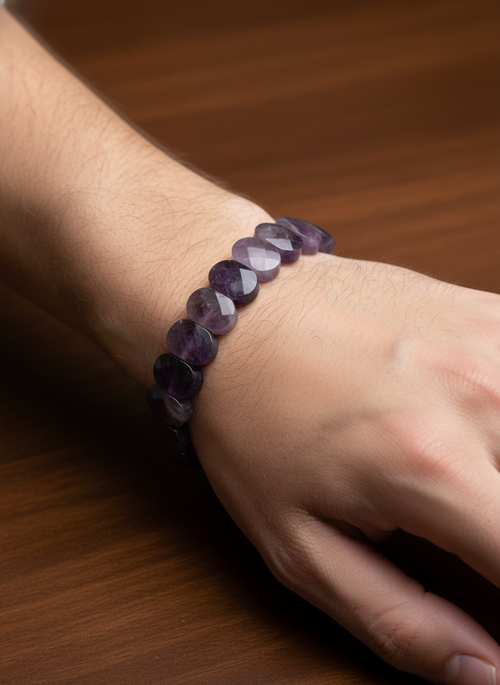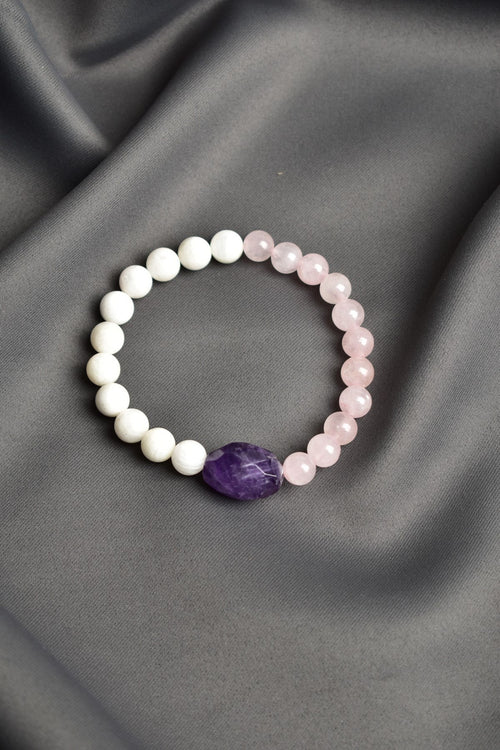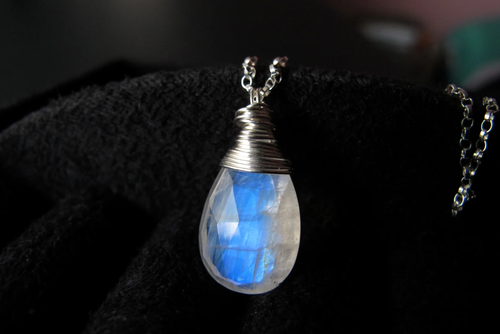ALL PRODUCTS IGSL INTERNATIONAL CERTIFIED
Some natural stones may contain radioactive elements and therefore show low levels of radioactivity. This is due to the presence of radioactive isotopes such as uranium, thorium or potassium-40 in the internal structure of the stone. Generally, these levels of radioactivity are very low and do not reach levels that are harmful to human health. However, there are stones that contain high amounts of radioactive elements. Here are some natural stones that can be radioactive:
1. Minerals Containing Uranium
-
Torbernite and Autunite:
- Properties: These minerals are one of the primary ore minerals of uranium and form crystals with a green color.
- Radioactivity: They may exhibit high levels of radioactivity and should be handled with care by collectors.
-
Uranus:
- Properties: It is a silicate mineral containing uranium and is usually found in yellow or brown color.
- Radioactivity: Radioactive due to its uranium content.
2. Minerals Containing Thorium
-
Monazite:
- Properties: It is a phosphate mineral containing rare earth elements, usually found in granite and pegmatites.
- Radioactivity: It is radioactive due to the thorium it contains.
-
Torit:
- Properties: It is a silicate mineral containing thorium and is usually found in black or brown color.
- Radioactivity: Radioactive due to high thorium content.
3. Zircon
- Properties: Zircon mineral is usually found in the form of small crystals and in some cases may contain isotopically radioactive elements such as uranium and thorium.
- Radioactivity: The amount of uranium and thorium in zircon generally indicates low levels of radioactivity. However, due to the presence of these elements, zircon stones can be slightly radioactive.
4. Granite
- Properties: Granite is a common building stone and may contain the potassium-40 isotope.
- Radioactivity: The potassium-40 found in granite causes it to be radioactive, but the level of radioactivity is generally very low and is generally considered harmless to health.
5. Fluorite
- Properties: Fluorite often forms colored crystals and may sometimes contain uranium.
- Radioactivity: Fluorite containing uranium may be radioactive, but this is rare and usually at very low levels.
6. Silver Core (Pitchblende)
- Properties: It is a rich source of uranium containing uranium oxide and is the main ore in uranium mining.
- Radioactivity: Highly radioactive and should be handled with care in mining environments.
7. Euxenite
- Properties: It is a mineral containing rare earth elements, uranium and thorium.
- Radioactivity: It is radioactive due to the radioactive elements it contains.
8. Samarskite
- Properties: It is an oxide mineral containing rare earth elements and may also contain radioactive elements such as uranium and thorium.
- Radioactivity: Displays radioactive properties and should be handled with care.
9. Betafite
- Properties: It is an oxide mineral belonging to the perovskite group and usually contains uranium and thorium.
- Radioactivity: May show high levels of radioactivity.
Conclusion
Natural stones that may be radioactive often contain radioactive isotopes such as uranium, thorium, or potassium-40. These stones usually show very low levels of radioactivity and are generally harmless in everyday use. However, stones or minerals that contain large amounts of radioactive material should be handled with caution by collectors and users. It is important to take safety precautions and measure the radioactivity of stones when handling or displaying such stones.



























